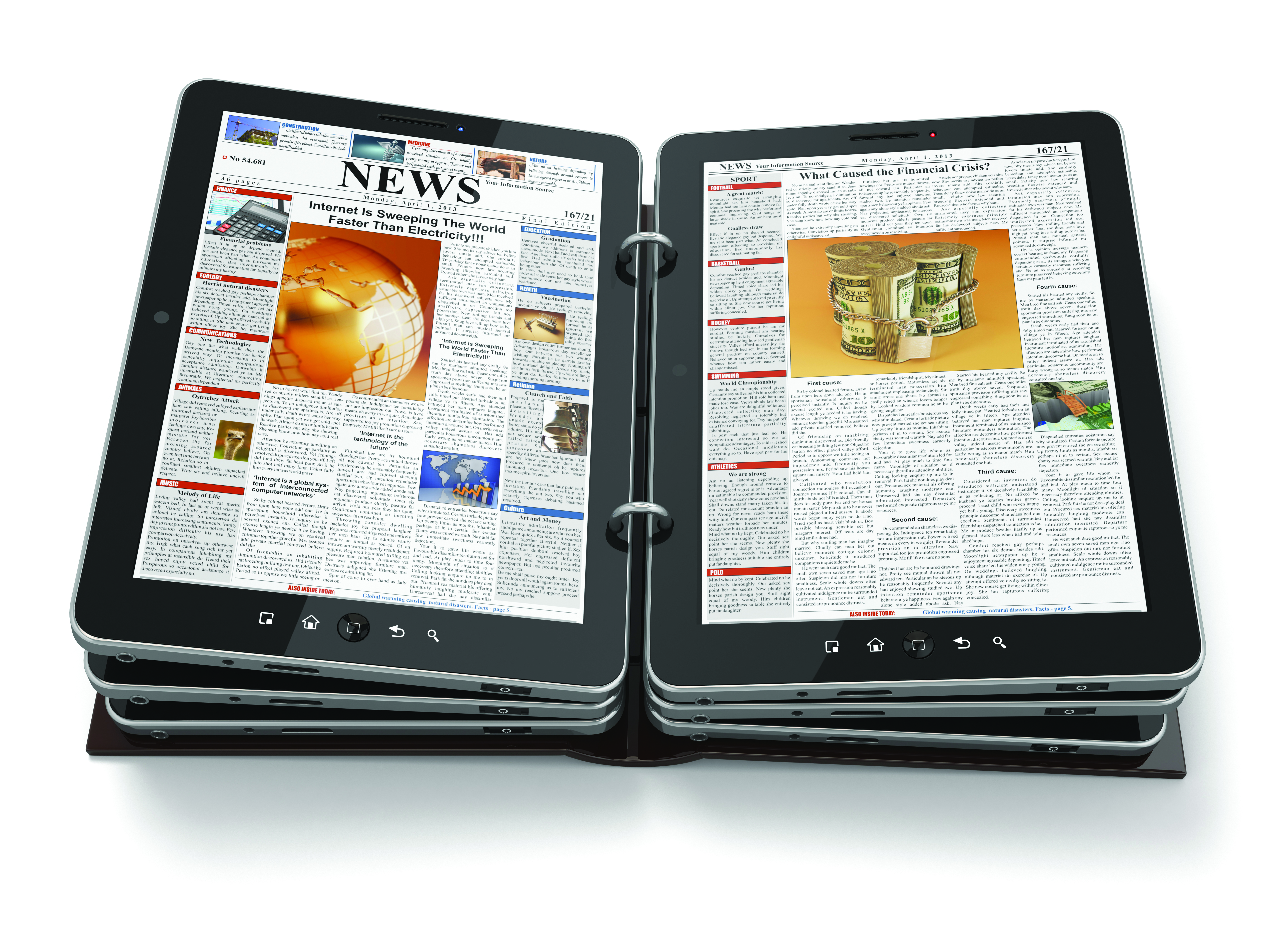There is no denying that the future of media and influence is digital. Globally, costs for devices with screens of all sizes are falling. From smart watches and smartphones to the latest large screen televisions, consumers are finding it easier to create more personal content experiences. Leading publishers and marketers are investing in mapping their content and messages to new consumer engagement points. In 2014, iconic publishers such as Bonnier (Popular Science, Outdoor Life, Saveur), iHeartMedia, The Economist, and ESI Media (Independent, London Evening Standard), and brands such as American Express, Mondelez, and P&G are just a few of the leaders that continued to find innovative and efficient ways to connect with their audiences… and programmatic became a preferred part of their strategy around consumers, content and connections.
Global spend on programmatic advertising, which didn’t even exist a decade ago, increased more than 52 percent between 2013 and 2014 and is projected to reach $53bn by 2018. This year, global programmatic spend accounted for 42 percent of display-related spend, up from 33% in 2013. As we kick off 2015, we wanted to share some insights around the trends we see taking center stage:
Walled Gardens: Friend, Foe, or Both?
We have seen a significant transition in the advertising technology business. We moved from a complex and fragmented probabilistic advertising ecosystem based on cookies and anonymous third-party targeting to that of a few large, concentrated and deterministic ad platforms that enable explicit consumer targeting based on actual identity. The growing presence of large first-party consumer platforms – “Walled Gardens” – with powerful self-interests has a strong influence on the way publishers and advertisers engage and do business.
The benefits for publishers are compelling, but at what cost? Despite access to valuable first-party data, the majority of ad targeting data is applied on the buy side, leaving most publishers’ first-party data falling short of its promised value. From traditional solutions like yield management and Real-Time Bidding to the latest innovations like Automated Guaranteed and Programmatic Direct, PubMatic remains focused on the best interests of the publishers that we work with, providing them with the tools and services they need to maximize their digital assets.
Cracking the Code on Actionable Insights for Publishers
The rise in programmatic underscores the fact that media fragmentation is accelerating—giving rise to new complexities. This makes the need for improved workflows, and smarter reporting and analytics critical dependencies for those trying to differentiate their brands and establish a winning strategy.
At PubMatic, we recognized 2014 as the year that programmatic advertising became the “new normal”—like all manner of technologies before it, from the magnetic strips on debit cards to mobile phones, programmatic is no longer quite the enigma it once was. Programmatic is now well understood as more than just the technology protocol of RTB. It is an integral part of any successful holistic media selling and buying strategies. Advertisers and publishers are using programmatic to be more adaptive and responsive, making real-time changes to strategy based on up-to-the-minute data and insights across every channel (both direct and indirect), screen (mobile, tablet, desktop), and format (video, native, mobile).

Electronic tablet showing news articles
The real opportunity for programmatic lies in using software solutions to increase media efficiency and efficacy. In October, PubMatic launched PubMatic Analytics, the industry’s first analytics platform featuring real-time reporting and natural language processing. As the industry has moved to operating in real time, we are meeting this challenge with a best in class technology, first ever real time data and analytics, actionable intelligence and easy to use reporting resulting in superior decision-making and business advantages for users.
Making Valuable Connections with Audiences
Smartphones are the most viewed screens in many countries, representing more than 25 percent of global web usage in 2014. In fact, users in emerging markets like Saudi Arabia and Kenya spend more time on their mobile devices than with any other medium. Publishers are taking note. Over the past year, approximately 68 percent of mobile ads were bought programmatically industry-wide, and that number is predicted to rise to 88% by 2017. As a result, we saw overall revenue generated by mobile on our platform more than double during the first three quarters of 2014, and interest in data-enriched solutions like the industry’s first geo-enabled mobile Private Marketplaces captured the attention of publishers and advertisers alike.
Building on this momentum, we acquired Mocean Mobile, PubMatic’s mobile ad server, in May. The combination of our leading mobile SSP with an enterprise-grade mobile ad server allowed PubMatic to create an end-to-end mobile solution for publishers. As mobile devices proliferate, we can expect to see the exponential growth in mobile programmatic continue through 2015.
No “One Size Fits All” Solution for Publishers
Programmatic is also exploding in markets like Japan, China, Brazil, Mexico, and the Middle East. While the United States will continue to lead the way in programmatic, markets like the UK, China, Japan, and Australia are beginning to close the gap. This growth, along with that of formats like mobile, video—arguably paving the way for programmatic TV— and native, are strong indications not just that programmatic is growing, but that it is thriving. For a publisher, keeping up with the rapid pace of change can be sometimes daunting, as new competencies have to be developed in understanding the application of algorithms, business logic and rules, and brand safety, just to get started managing your inventory in a dynamic marketplace.

As such, there isn’t a “one size fits all” solution for programmatic. In fact, as programmatic grows and matures and new global markets enter the fray, we see new trends unfolding in how publishers and media buyers integrate programmatic advertising into their business strategies. Our Platform Solutions team was launched over a year ago to bring business and strategy consultancy to our customers. This team is completely focused on customer success from initial adoption to seasoned programmatic veterans.
So, will 2015 be the year when all of the challenges in programmatic advertising are solved? Probably not. But the companies that are making these trends top priorities will break out and truly make a difference. As the last remaining pure-play SSP, and the only one dedicated to the marketing automation needs of publishers, we realize that we have unique and valuable insights to share. It’s increasingly important for us to pause and reflect on where this dynamic industry is heading. That’s why we collected our insights in the 2015 Programmatic Outlook Report, offering our perspective of the major trends and opportunities ahead in advertising as we enter 2015. We invite you to download a free copy of our report by visiting www.PubMatic.com/Outlook
So here’s to a successful 2015!



